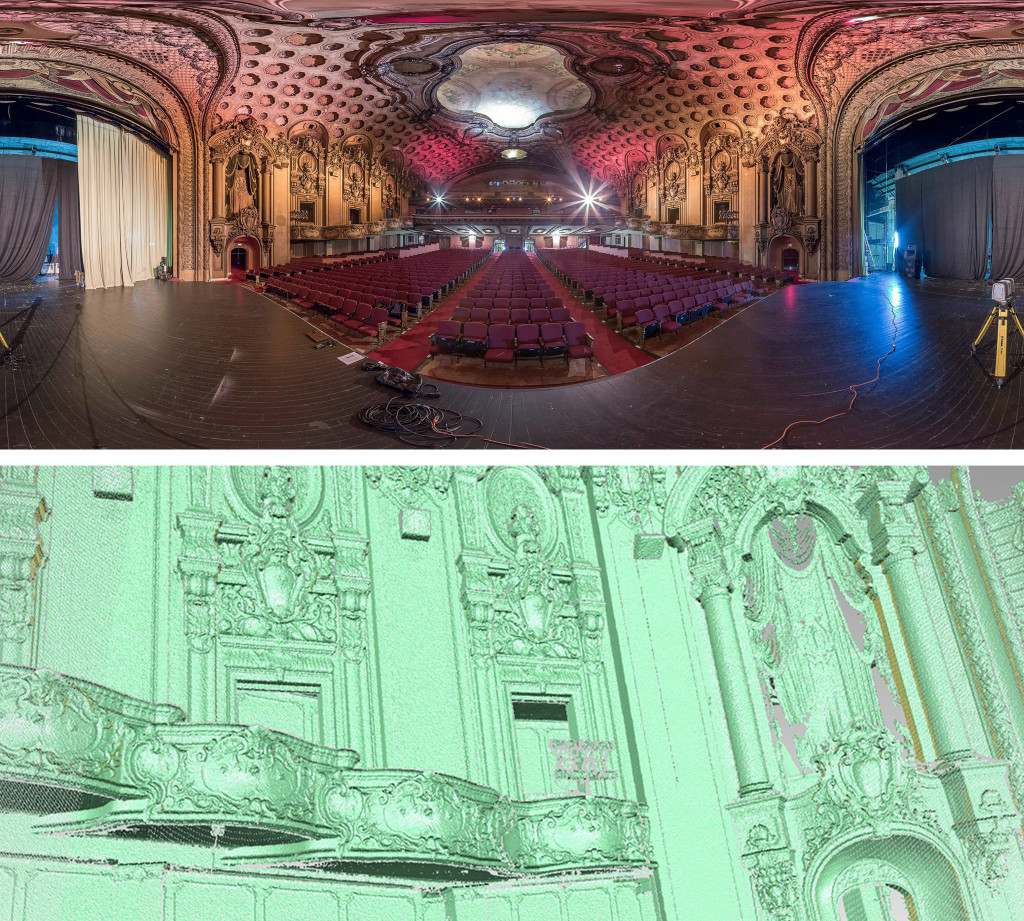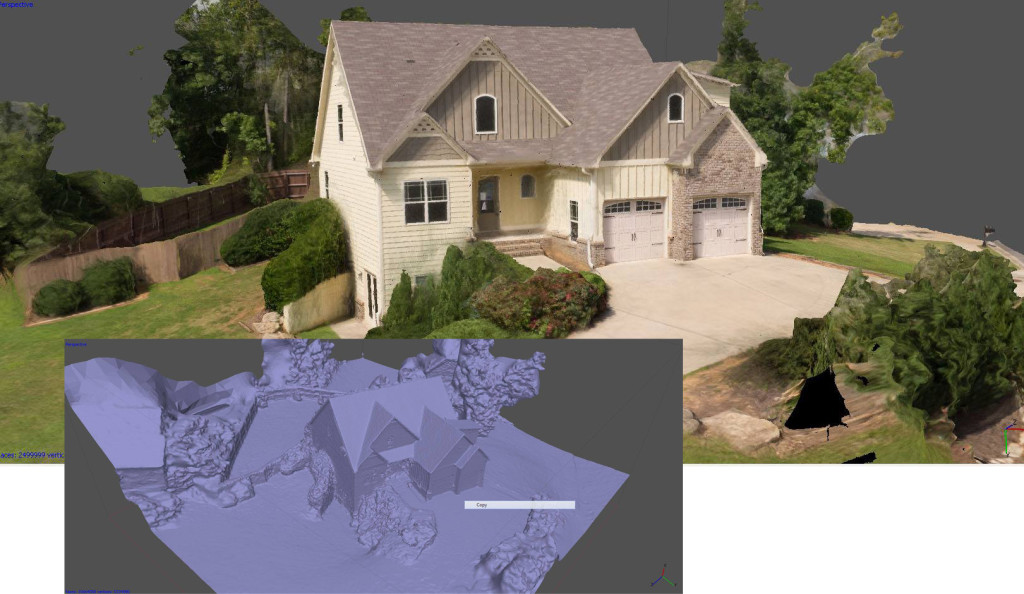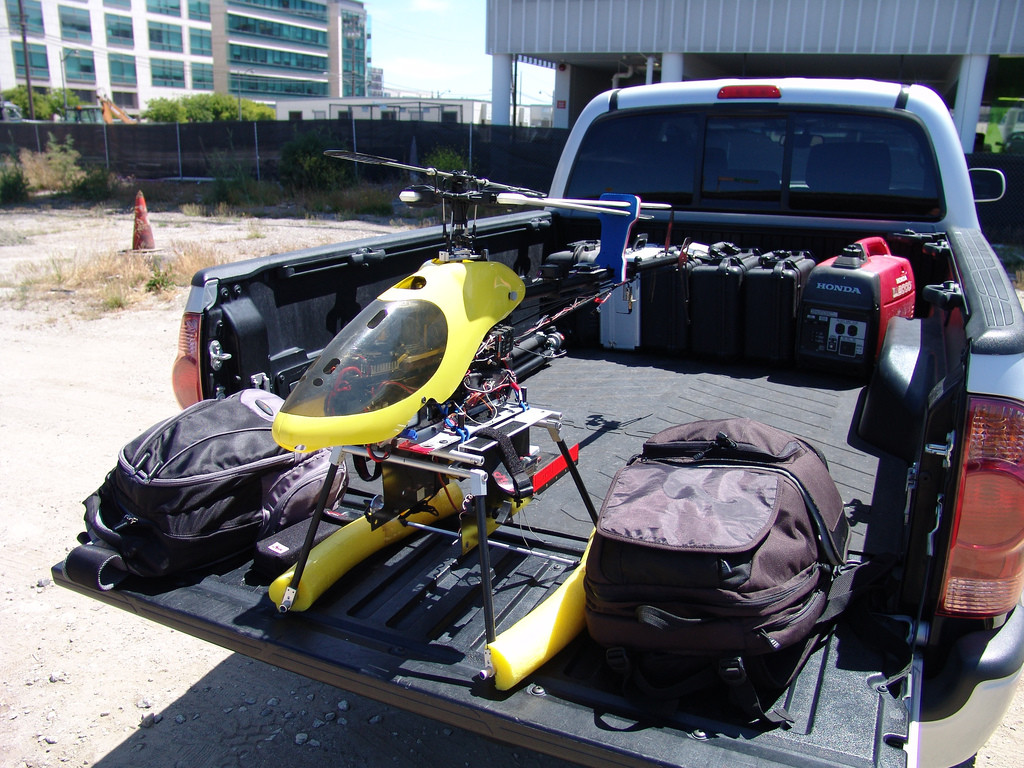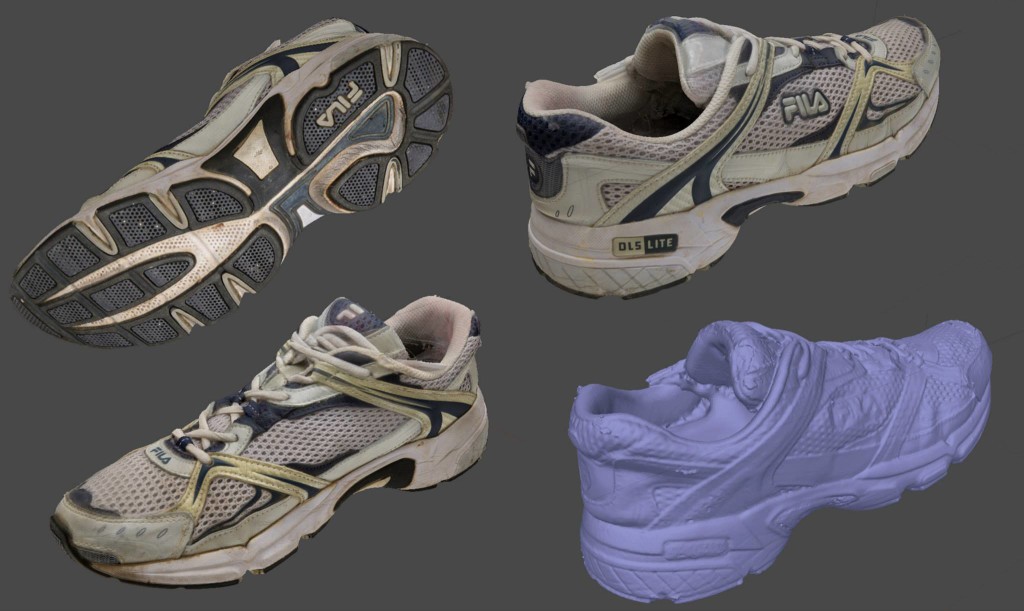
2CGVFX scan
As we create virtual reality applications for Oculus Rift, GearVR and Google Cardboard, we draw upon a wide variety of data types and use it to create representative 3D model assets. This data most often comes from software – from BIM data to engineering models to scratch-built assets from 3DS or Maya.
Or, it can come from reality.
Reality as the ultimate VR content source.
We recently described our process for creating highly realistic real-time 3D representations of reality with Unity. In many cases, where physical objects or spaces exist, captured 3D scans of reality can be very useful as a basis for virtual reality environments for a wide variety of use cases, from visualization, architectural prototyping, archiving, tourism, retail and much more.
We do 3D environment scanning to support our projects with Matterport, but have also partnered with the pros at 2CGVFX to accommodate more advanced, detailed and larger scale scans. They have the smarts and equipment required to create amazing scans of real world spaces. From large scale urban scans, to micron-level accuracy with LIDAR, to highly detailed product scans, we trust 2CGVFX to create the most amazingly realistic scans possible.
Arch Virtual can then bring these scans into the virtual realm where they can be manipulated and augmented in a variety of ways. This method presents unique advantages and opportunities over 3D modeling that we’ll briefly introduce in this article.

2CGVFX scan
Why 3D Scanning?
There are numerous cases where an accurate representation of physical reality is exactly what is needed to create a virtual reality experience.
Any time you’re planning to intervene or alter a physical space, there are compelling reasons to map the space in 3D first. By absorbing reality into a virtual environment, you can gain a much deeper understanding of the space in a very holistic way. You can interrogate the model to discover structural and thermal inefficiencies. It can also be used to inform the design process, helping to convey a very accurate understanding of exactly how a design alteration will affect it.
It can even be an effective means of archiving physical spaces and objects so they can be digitally preserved, such as in a museum setting, enabling remote viewing of spaces or objects that are difficult or impractical to access physically. The possibilities are endless.
When a scan is complete, we bring it into Unity3D where it can be augmented with layers of interactivity and additional 3D objects can be blended in.

Matterport scan with 3D objects inserted to test materials and appliances
Real Estate
For selling real estate, buyers can save a lot of time previewing properties in an immersive virtual reality. Anyone who’s ever searched for residential or commercial real estate can attest to the fact that there’s always a significant disconnect between the way photographs on a website convey a listing vs. what it’s actually like to be there Part of this is due to the inherent distortion associated with translating a 3D space into a 2D photograph. By exploring a space in virtual reality, the buyer gains a much more holistic understanding of what the space is actually like, in a way that is more accurate in scale and proportion. This can be enormously useful in weeding out undesirable listings and qualifying properties to spend time visiting in reality.

2CGVFX aerial LIDAR scan
Architecture
For architectural design, where a renovation or addition to an existing building is required, capturing 3D scans of the existing space is a no-brainer addition to this process that saves a lot of time and money. The scanned 3D model can be used as a template to draft ‘as-built’ model, yielding a much more accurate result that is free of errors. This model can then be manipulated to help visualize design ideas, set within the scan of the real environment to help gain a better understanding of context and how the new design will work with the existing space.

Construction
For construction, there are numerous use cases for scanning. In fact, 3D scanning has been an integral part of modern construction process for many years. However, it has recently become feasible to bring those scans into real-time engines like Unity and UE4 where they can be used to verify construction accuracy. We recently created a virtual reality visualization of a large headquarters for a new tech company, where Revit model was used as a basis to create the visualization. After construction was complete, we scanned the space and layered it over the virtual Revit model to discover that it overlapped flawlessly. Not only did this verify construction accuracy, but it also helped validate the realism and accuracy we’re able to achieve with arch viz VR applications by comparing the before and after models.

2CGVFX scan
Prototyping
For rapid prototyping, 3D scanning can be used for things like testing material choices and making furniture selections. The existing space can be scanned, then manipulated in Unity to test different paint colors and material types. We can also introduce 3D objects of proposed furniture types to see how they will fit and look within the space.

People / Avatars
For people, scanning the human body helps create highly realistic representations. This has been used in VR games, where people were scanned to create highly realistic characters, and we’ve used it to create ‘hero’ avatars to give automated tours through spaces, or greet visitors as they enter a building. In the future, more people may opt to retain scans of themselves that could be used when shopping for apparel or in multi-player / social virtual environments such as VR Chat.
Conclusion
3D scanning technology has improved tremendously in the past few years, and is quickly becoming a powerful source of content for virtual environments, with a wide variety of use cases. In our next several posts, we’ll be talking more about ways we’re able to introduce interactivity and functional utilities to virtual environments, including 3D scanned environments and objects.

2CGVFX scan

